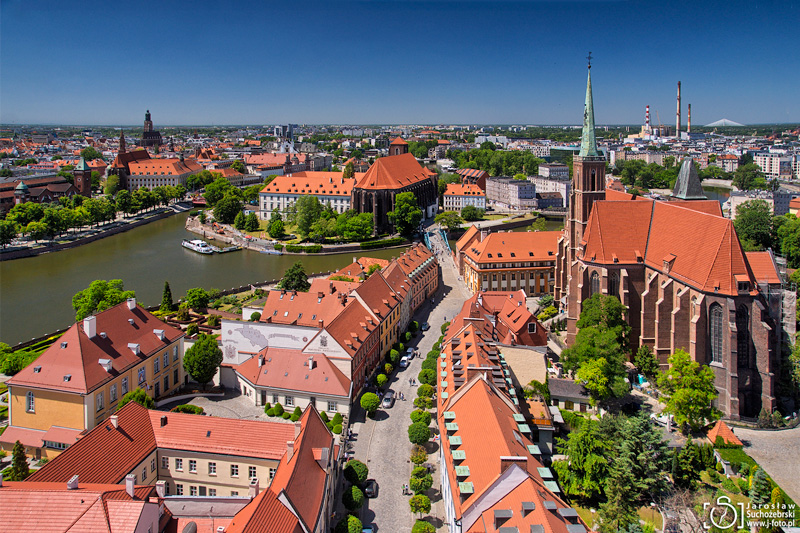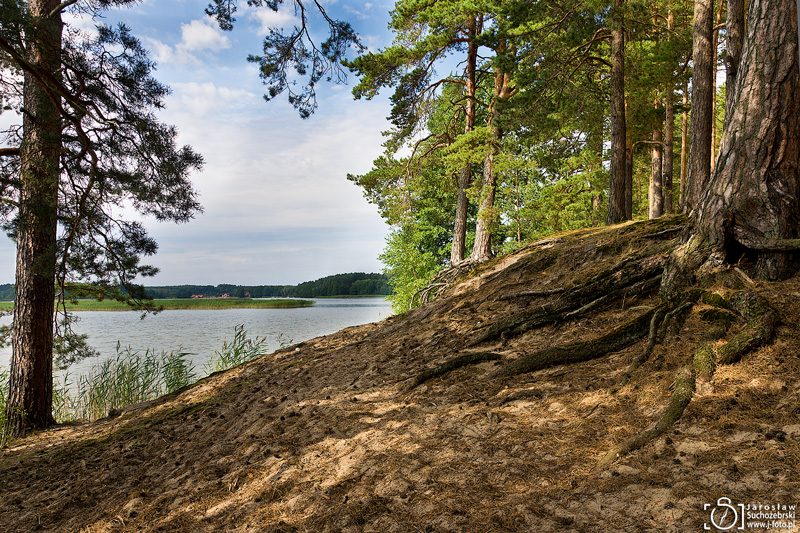The city of Wrocław originated at the intersection of two trade routes, the Via Regia and the Amber Road. At various times in history, it has been part of the Kingdom of Poland, Bohemia, Hungary, the Austrian Empire, Prussia, and Germany. Wrocław is the historical capital of Silesia and Lower Silesia. Today, it is the capital of the Lower Silesian Voivodeship, Poland. Wrocław is the modern and dynamic city. It is classified as a global city by GaWC, with the ranking of high sufficiency and living standard. Wrocław was among 230 cities in the world in the ranking of the consulting company Mercer - "Best City to Live" in 2015. It is also in the top ten places to visit in the ranking of the British newspaper The Guardian. In 2016, the city will be the European Capital of Culture and the World Book Capital. Wrocław is full of attractions. Most of the city's main tourist attractions are located directly in the center. Most of them is accessible by foot. The oldest,...























